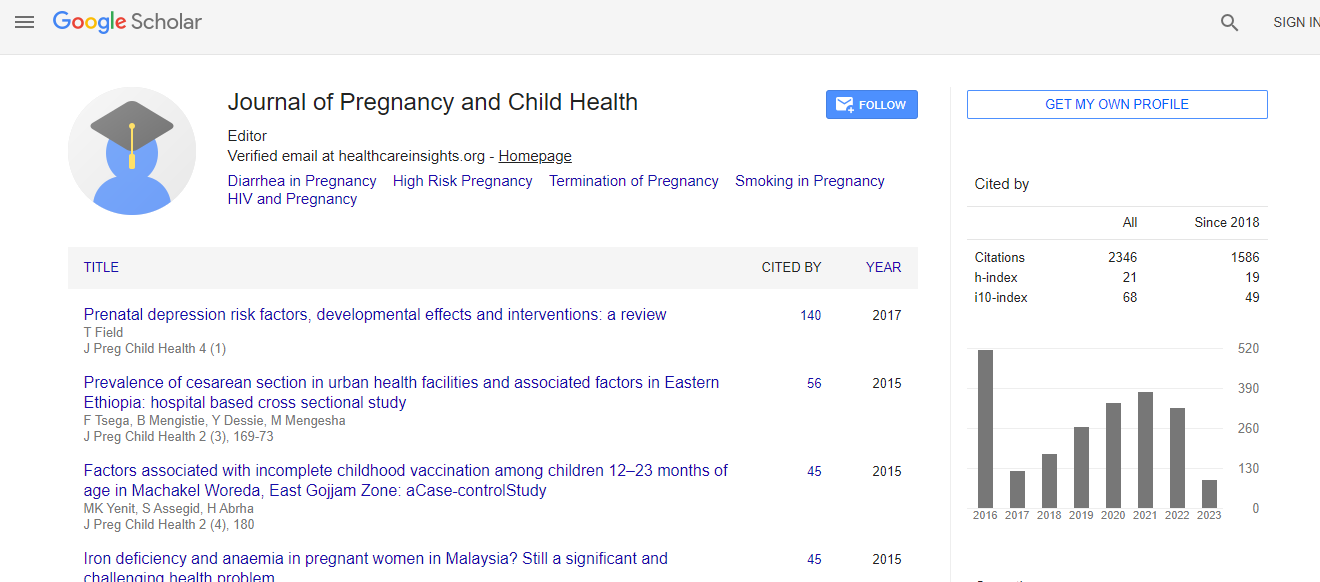Review Article
A Tunisian Case of Dyssegmental Dysplasia: Silverman-handmarker Type
Yacoubi Mohamed Tahar1,2, Nadia Ben Jamaa1, Achour Radhouane3*, Ksibi Imen4, Mokni Moncef2, Delesoide Anne Lise5
1Research unit, Faculty of medicine of Sousse, Tunisia
2Department of pathology, University hospital of Sousse, Tunisia
3Emergency Department of Maternity and Neonatology Center, Faculty of Medicine of Tunis, Tunis, Tunisia
4Neonatology Department of Maternity and Neonatology Center, Faculty of Medicine of Tunis, Tunis, Tunisia
5Department of Biology of development, Hospital Robert DEBRE of Paris, France
- Corresponding Author:
- Achour Radhouane
Emergency Department of Maternity and Neonatology Center
Faculty of Medicine of Tunis, Tunis, Tunisia
Tel: 21698549398
E-mail: Radhouane.a@live.com
Received March 30, 2016; Accepted April 25, 2016; Published April 30, 2016
Citation: Tahar YM, Jamaa NB, Radhouane A, Imen K, Moncef M, et al. (2016) A Tunisian Case of Dyssegmental Dysplasia: Silvermanhandmarker Type. J Preg Child Health 3:249. doi:10.4172/2376-127X.1000249
Copyright: © 2016 Tahar YM, et al. This is an open-access article distributed under the terms of the Creative Commons Attribution License, which permits unrestricted use, distribution, and reproduction in any medium, provided the original author and source are credited.
Abstract
Objective: Dyssegmental dysplasia, Silverman-Handmaker Type, is an autosomal recessive lethal disorder, originally considered as a Kniest-like skeletal dysplasia with camptomelia. It is linked to functional null mutations of the perlecan gene (HSPG2) located on chromosome 36.1-35. We report the first case diagnosed in our department. Study: A 31 year-old mother, prim pare and non-consanguineous with her husband, given a 15-16 weeks-aged foetus with dwarfism and dyssegmental dysplasia detected prenatally by ultrasonography. A medical termination of the pregnancy was indicated. Radiographs and autopsy were performed. External examination showed a facial dysmorphy, thick neck, pterygia and micromelia with curved limbs, chest narrowing and an abducted hallux in the right foot. No anomaly in visceral examination was found. The radiographs showed short limbs with Kniest like large metaphyses, bowing of long bones and pleomorphic vertebral bodies with irregular segmentation and absent ossification of pelvic bones. The cranial vault was normal. Histologically, the resting cartilage showed scattered, large puddle-like spaces. The physeal growth zones were disorganized. Conclusion: Prenatal diagnosis is useful to detect this type of skeletal anomaly in order to indicate medical termination of the pregnancy earlier. Fetopathological examination and skeletal radiographs are mandatory in order to establish a precise diagnosis allowing a suitable genetic counselling.

 Spanish
Spanish  Chinese
Chinese  Russian
Russian  German
German  French
French  Japanese
Japanese  Portuguese
Portuguese  Hindi
Hindi 
